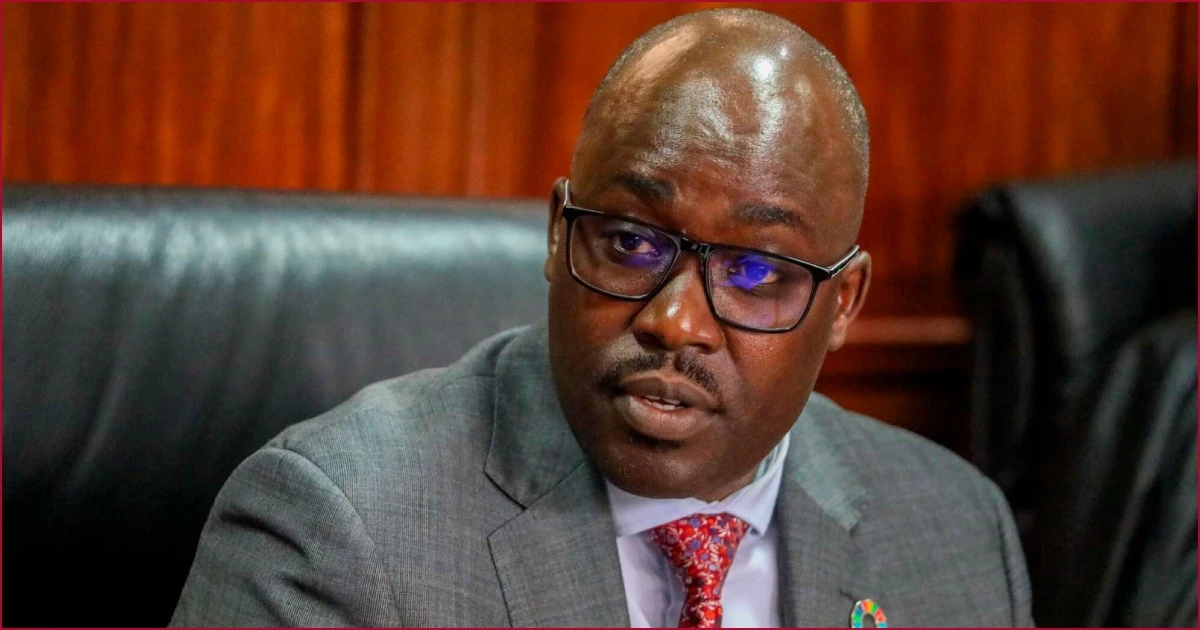East Africa off track on hunger goals ahead of 2025 deadline, IGAD Warns
Published on: April 04, 2025 08:43 (EAT)
As the clock ticks toward the 2025 Malabo Declaration deadline, a new IGAD report has sounded the alarm: East Africa is not only off course but regressing in its promise to end hunger, boost agricultural trade, and build climate resilience.
The Fourth Biennial Review (BR4), released this week in Nairobi, reveals that none of the IGAD member states—including Kenya, Ethiopia, and Somalia—are on track to achieve any of the seven Malabo targets, with performance sharply declining compared to the previous review.
The report paints a stark picture of a region in reverse. From delayed data systems to drought-stricken farms, East Africa’s agricultural transformation has stalled under the weight of climate shocks, limited funding, weak accountability, and protracted conflicts.
The BR4 assessed six countries—Djibouti, Ethiopia, Kenya, Somalia, South Sudan, and Uganda—and found that 85% of agriculture remains rain-fed, leaving millions vulnerable to worsening droughts and floods.
Despite being home to the continent’s “Silicon Savannah,” Kenya was flagged for struggling with fragmented data systems and budgetary constraints.
While the country has made strides in policy coordination and tech innovation, the report warns that without urgent adoption of climate-smart agriculture, modernization of agricultural data systems, and increased investment, the region’s leading economy may fail to deliver—and drag its neighbors down with it.
“We’re not just facing a farming problem; this is a full-blown regional emergency,” said one agricultural economist who contributed to the review. “Kenya has the tools to lead, but it’s running out of time.”
The report calls for private-sector partnerships, smart tech deployment, and stronger regional trade mechanisms to bridge the gap between policy and action.
In contrast, Rwanda’s agricultural reforms are highlighted as a rare success story. Since 2020, its Agricultural Joint Sector Review (JSR) model has helped the country streamline data, funding, and crisis response.
As a result, Rwanda has recorded an 8% annual growth in agricultural productivity and now provides real-time climate advisories to 95% of its farmers through mobile platforms—a feat IGAD urges others to emulate.
At the dissemination event held in Nairobi on April 4, IGAD officials blamed the downward trend on data mismanagement, inadequate technical capacity, poor coordination, and underfunding.
Uganda, for instance, took 14 months to validate its agriculture data. South Sudan, plagued by conflict, has seen 60% of its farming communities disrupted. Ethiopia’s cereal production has dropped by 30% due to extreme weather events since 2023.
Looking ahead, IGAD is calling for radical collaboration. Recommendations include allocating at least 10% of national budgets to agriculture, strengthening mutual accountability systems like JSRs, scaling up climate-smart technologies, and investing in infrastructure such as roads, storage facilities, and market hubs.
With over 12 million households still food insecure, time is running out to act on promises made a decade ago.
Ultimately, the BR4 report is more than a warning—it’s a test of leadership. Will East African governments unite to avert a hunger crisis, or will 2025 mark yet another deadline missed, with millions paying the price?
As the region stands at a critical crossroads, the urgency to pivot from policy to action has never been more pressing.











